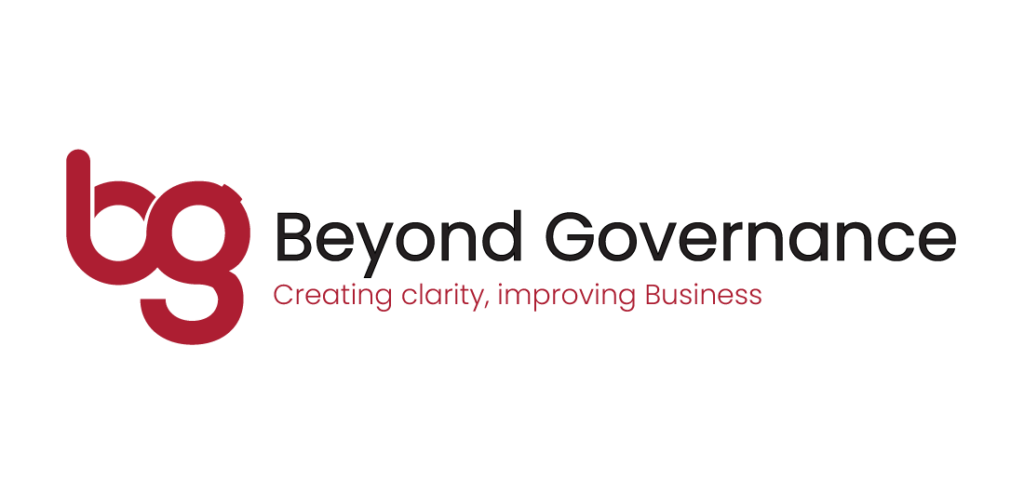Introduction
Board directors play a critical role in overseeing the strategic direction and overall performance of a company. Traditionally, these directors have been seen as stewards of shareholder interests, high-level decision makers and providing guidance to top c-suite executives. However, as businesses evolve in today’s rapidly changing landscape, questions arise regarding the proximity of board directors to the frontline operations and whether there are instances where cutting out middle management would be beneficial. This article examines these questions and explores the dynamics between board directors, middle management, and frontline employees.
Board Directors and Middle Management
The primary responsibility of board directors is to act in the best interest of the company and its shareholders. This fiduciary duty requires them to focus on governance matters, long-term strategy, financial oversight, and risk management. Given these priorities, it is understandable, and preferable, that board directors are not intimately involved in the day-to-day operations of the frontline. However, this detachment can create a gap in understanding the nuances, culture and challenges faced by executives, management and employees at the operational level.
A lack of operational insight has a particularly severe effect on non-executive directors who then suffer from a reduced ability to ask relevant questions, provide valuable input, and fully comprehend or hear of concerns raised by stakeholders. Reliance on second-hand information from the CEO/MD or CFO/FD also reduces a non-executive director’s independence as they cannot obtain direct insight and personally interpret operational challenges and opportunities. With one client we saw this lack of understanding result in some very poor decision making, not due to a lack of skill on the board, but due to a lack of insight and understanding from the board. We’ve also seen boards, chairs and remuneration committees struggle with evaluating executive and senior management performance as they did not have a clear grasp of operational challenges leading to complexity around assessing whether solutions are effectively implemented.
To bridge this gap, board directors, particularly non-executive directors, should actively seek opportunities to gain insights into the frontline activities and engage with employees at various levels of the organisation. We find the best way to do this is through site visits, town hall meetings attended by a rotating non-executive director, or establishing channels for direct communication with employees such as forums chaired by a non-executive director. By doing so, these directors can develop a better understanding of the operational realities, identify potential bottlenecks, and leverage this knowledge to make informed decisions that align with the company’s strategic goals.
Additionally, non-executive directors should consider the composition of their boards. Diverse boards, with members from different backgrounds and expertise, can bring a broader perspective to discussions and decision-making. Having directors with experience in frontline operations or specific industry knowledge can be particularly valuable, as they can provide first-hand insights and challenge assumptions, fostering a more holistic approach to governance.
While it is crucial for board directors to have a grasp of frontline dynamics, the question of when to cut out middle management requires a more nuanced evaluation. Middle management serves as a vital link between the board and the frontline, translating the strategic vision into actionable plans, and ensuring effective execution. They provide day-to-day guidance, manage teams, and foster a culture of collaboration and accountability.
Cutting out middle management entirely can disrupt this vital communication channel and impede operational efficiency and is often not a board matter. However where it is, it’s important to consider where streamlining the organisational structure and reducing unnecessary layers of management may support the long term sustainably of the business. This is particularly true in cases where bureaucracy stifles innovation, decision-making processes become slow and convoluted, or when middle management becomes disconnected from the strategic direction of the company.
When considering cutting out middle management, a careful assessment of the organisation’s structure, culture, and performance is essential. It should involve a comprehensive review of the roles and responsibilities at each level, identification of duplication or redundancy, and an analysis of the impact on operational efficiency and employee morale. Additionally, alternative models such as empowering frontline employees, implementing cross-functional teams, or adopting agile methodologies should be explored to ensure effective communication and decision-making across the organisation.
It is important to note that the objective should not be to eliminate middle management indiscriminately, but rather to optimise the organisational structure and ensure that the right people are in the right roles. This may involve redefining roles, providing additional training and development opportunities, or realigning reporting lines to enhance accountability and decision-making capabilities at all levels.
Conclusion
While board directors may not always be on the frontline of their businesses, it is crucial for them to gain a deep understanding of operational realities and maintain a strong connection with employees at all levels. This can be achieved through regular engagement, site visits, and fostering diversity within the board. When considering cutting out middle management (although this might not be board decision in some organisations), where it is, careful evaluation of the organisational structure, performance, and potential risks is essential to ensure that important operational challenges are not overlooked. By being actively involved and informed, directors can make more informed decisions, provide strategic guidance, evaluate management performance effectively, and foster better communication and collaboration within the organisation. Ultimately, a board that possesses a comprehensive understanding of operational challenges is better positioned to navigate complexities, mitigate risks, and drive sustainable success.




